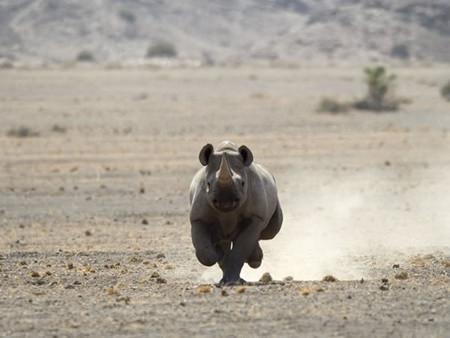There is a trend in photographers to become technocrats and want the very latest DSLR, with all the bits and pieces that goes with it. Whilst all the paraphernalia might make the budding photographer feel good, it does not necessarily mean the photographs will be any better.
A couple of years ago I met two professional photographers here in Pattaya. One was a travel photographer and the other a photo-journalist. Both well experienced and successful in their own very different fields. They did have one thing in common, however. They were using battered old cameras and minimal extra equipment.

There are a couple of reasons for this. The first is that pro shooters get used to a particular camera. They understand it, know any foibles it may have, know how close to accurate the light metering system is and any other “funny” bits associated with it. Dr. Marcus Brookes, the travel photographer, even said, “The camera is an extension of myself, that’s because I know it so thoroughly.” He used to use medium format cameras, but discarded them many years ago in favor of the lighter and very versatile 35 mm cameras. Marcus uses flash fill when necessary, supplied by a venerable Metz 45 CT1 flash gun. I warmed to Marcus immediately as I also used a venerable 45 CT1 as well!
The photo-journalist, Gerhard Joren from Sweden, does not even use a flash at all. I had the opportunity to review some of his work – beautiful black and white prints all taken with a Nikon FM2 camera, another ancient piece of equipment. Gerard also only uses one lens, a 28 mm f1.4 – a lovely piece of large glass.
In response to the question “what was the exposure?” the photo-journalists’ reply used to be “f8 and be there!” Gerard is one of those, and the fully manual Nikon gives him excellent reliable service.
With all the fancy cameras around, you come to the second reason these two pros use the older and minimal equipment. The fewer the moving parts, the longer it lasts and the more reliable it is. When you are photographing camels in the Gobi desert after tracking them for six days, there is no handy photo shop to sell you new unobtainium batteries for your Yashicanonblad when the power is too low to drive the diodes necessary to select the correct program for a “Wide angle, camels against the setting sun” mode.
All the whizzbang electronic trickery in the new and expensive space age cameras is just that – trickery! It will not select the correct aperture and shutter speed any better than you can – and what’s more, You don’t need batteries! All that it does take is practice and understanding of your camera and associated equipment. And that gets us back to why these professional photographers who earn their living from taking pictures have their tried and true, trusty old friendly camera, with minimal equipment in the bag.
So what do you – an enthusiastic photographer, really need? The equipment required is a manual DSLR camera with a series of good quality interchangeable lenses. This will be the start of a camera “system” that can be built on and enlarged over many years. This will be good quality equipment. There will be no money left over for wine, women or song.
If you want wild life and action sports, then the camera equipment needed here is almost the same. These pictures are destined for magazines and other editorial work. Whether you want to take photos of charging rhinos or Valentino Rossi on his F1 motoGP bike, the needs are the same. You will need a 35 mm DSLR with very fast shutter speed and capable of carrying a 600 mm telephoto lens. For this type of photography it is a case of bringing the action close to you – not taking yourself close to the action! The lens will be more expensive than the camera. You will need to meet a rich widow if you want any wine, woman or song. You have just blown a year’s wages on the photogear!
Remember equipment does not make you a photographer. Practice, practice, practice does. Remember that memory cards are the cheapest thing in photography.




